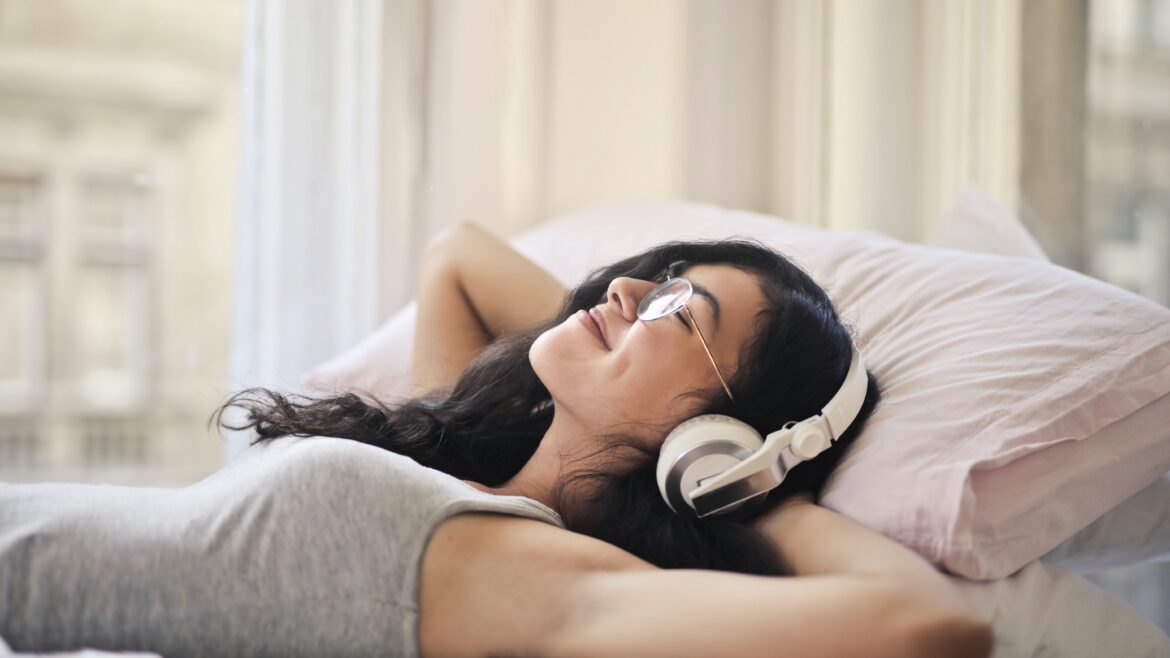News broke that Kayne West will be replacing Travis Scott at Coachella this year. Now a petition by Travis Scott fans is in motion to get the performer back on the Coachella stage.
This comes in after it’s been announced that the rapper is stacked up with lawsuits over the Astroworld tragedy have amounted to over billions at this point.
Travis Scott Full Performance at Coachella 2017
According to a Variety article, it was revealed that the festival informed Scott’s longtime agent, Cara Lewis of the Cara Lewis Group, of its intent to pull Scott from the bill, which he was to headline, and that it would pay a kill fee for the cancelation, typically 25 percent.
“I didn’t know the exact details until you know minutes before the press conference,” said Scott while interviewing with Charlemagne Tha God.
It’s confirmed that 10 people have died on November 5 at Astroworld. People have criticized the role Travis Scott played in the dangerous environment. Some have called out his “ranging” culture to be the main cause for so much of the chaos that night
In the interview with Charlemagne, Scott was asked about the culture of “ranging” and the critiques that have come out about it.
Charlemagne asked, “Raging has been a part of the culture of your shows… You’ve encouraged, I guess, the kind of energy that could have led to something like this happening. Do you think that contributed to the energy of this night?”
Travis Scott replied, “ It’s something I’ve been working on for a while just creating these experiences and trying to show the experiences happening in a safe environment, us as artists we trust professionals to make sure that things happen and people leave safely …. it’s was just like a regular show it felt like to me… People didn’t show up there to just be harmful people.”
Travis Scott explained further, that people “showed up to have a good time” and concluded that the tragedy was “something unfortunate happened”
What is now left for the Sicko Mode Rapper? He is still facing mounting lawsuits, and while that is going on behind the scenes Travis Scott’s has been keeping a pretty low profile.
He was spotted back in late December with his daughter Stormi for a Huston Holiday Food and Toy Drive. According to Billboard, the event was a collaboration between the city of Huston, Scott’s Cactus Jack Foundation, and the Mayor of Huston Sylvester Turner.
His most recent post on Instagram was of himself for New Year’s Eve. He is also expecting another child with Kylie Jenner this year. His next album Utopia is expected to drop this year as well.
Only time will tell what is in store for Travis Scott the reminder of this year. Here are three ways Travis Scott can pivot and possibly prove that he’s ready to take the Coachella stage.
1. Tap in with Cactus Jack artists
Back in mid-April of last year, it was announced that artist SoFaygo, a Michigan rapper who blew up last year for his hit single “Knock-Knock”, which went viral on Tiktok, signed on to Cactus Jack Records .
As it stands, Cactus Jack has the likes of Don Toliver, Chase B, and Sheck Wes on the label. Travis Scott could take some time out of the spotlight and focus on furthering developing these artists’ careers.
Investing time and resources to help further push his record label can allow him to build up a good reputation for his label separate from him as an artist.
Playing in the background can allow him to get back to the music which seems to be his main focus when it comes to his brand.
2. Go back to producing
Tapping back into his record label gives him full reign to step into his producer bag.
Travis Scott already has a history of producing some hit songs and albums. He has produced for Kanye West, Jay Z, Wale, Big Sean, Dj Khaled etc. This can be the perfect time to step into the producer space and continue to play a background force in the music industry.
Cactus Jack Records is a fertile ground for creating an environment for musical artists to thrive and take the music into their own hands. Pivoting into the producer role can allow him to still have an influence and make waves in the industry.
3. Tap in with Houston Community
One major move Travis Scott and the team should focus on is the ways they can go above and beyond for the Houston Community. Many visitors of Astroworld were natives of the city and Scott intentionally investing in Houston would be a step in a good direction.
It was mentioned earlier in this piece that he participated in a charity event this past Holiday season. Travis Scott should build upon that work by tapping into mutual aid groups like Mutual Aid Houston. They are “a BIPOC-led grassroots collective boosting mutual aid efforts within Houston, Texas.”
This mutual aid organization was able to crowdfund up to $130,000 for families affected by the extreme cold and snowstorm that occurred last winter.
Teaming up with organizations that are on the ground and creating material changes would be a good way for the Astroworld Rapper to reinvest his image and influence.
Will Travis Scott make it to Coachella?
Who knows what will happen after backlash from the Astrowrld tragedy will fizzle out? What do we know? Travis Scott fans will always be there for their artist and hopefully, their Coachella petition works.
See the petition (here).




















